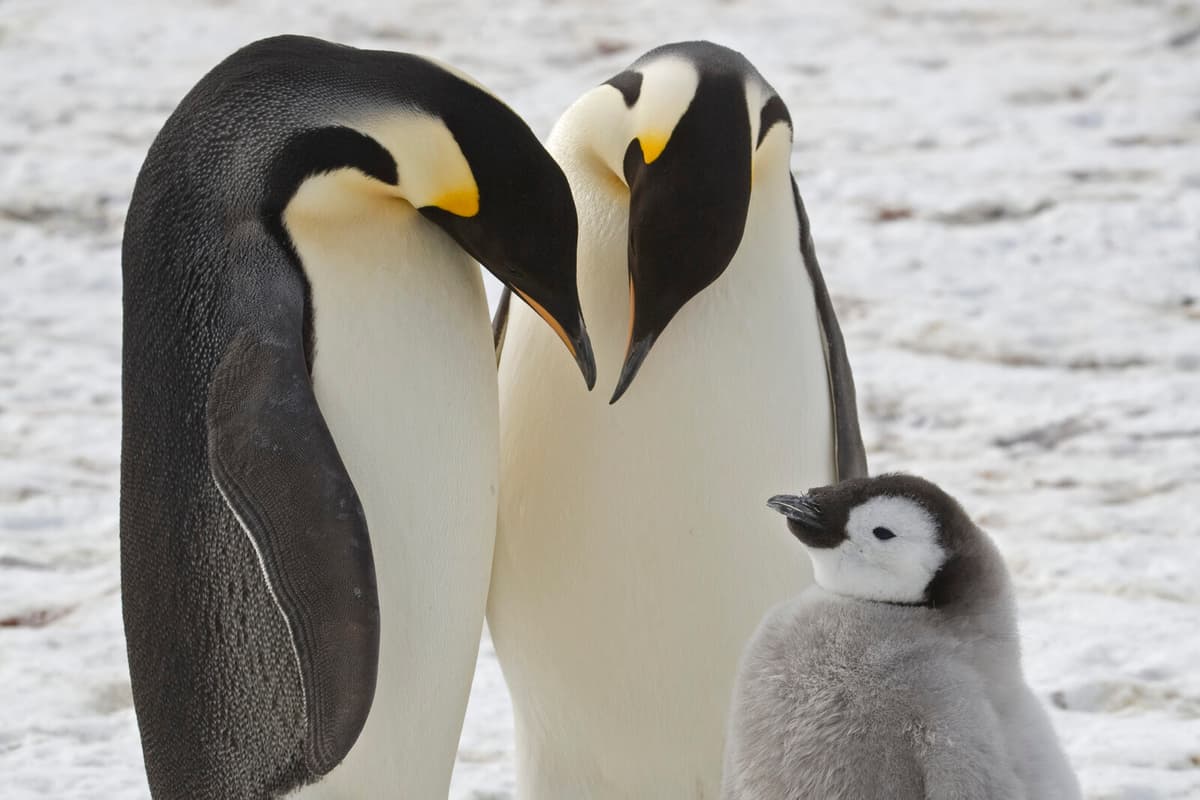Through satellite monitoring, researchers have studied 16 colonies of emperor penguins living on the Antarctic Peninsula, the Weddell Sea and the Bellinghausen Sea. Altogether, it corresponds to about one-third of the world's total population of penguins.
Researchers have known that climate changes are accelerating the decline in the number of emperor penguins, but the new study, published in Nature Communications: Earth & Environment, suggests that it is happening much faster than previously thought.
Not coping with the cold
Through the monitoring, they have seen that the number has decreased by 22 percent since 2009 and that it has happened faster in recent years as the ice melts and weakens. It has happened that the penguins lose their young when the ice gives way under them before they are large enough to handle the cold water, researchers say. The newly hatched young must develop their water-resistant feathers before they can handle the water.
According to Peter Fretwell, one of the authors of the study, the decline of emperor penguins is one of the most clear examples of the consequences of climate change.
"There is no hunting. There is no destruction of their habitat. There is no pollution that has led to the decline in population. It is just the temperature of the ice they live and breed on,” he says in a statement.
Near extinction
According to previous estimates, researchers have pointed to the fact that the species may be near extinction at the end of this century – unless greenhouse gas emissions are drastically reduced. But the new study shows that it can happen faster than that.
Researchers also say that they can only say how it looks in the areas they have monitored and nothing about what applies to emperor penguins on the rest of the continent. But if that is the case, it is very alarming.





